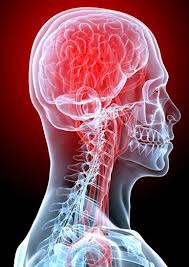
The specific ERF gene was discovered and studied over the past 15 years by Professor of the Institute of Molecular Biology and Biotechnology of Heraklion’s School of Medicine and researcher of the Foundation for Research and Technology (FORTH), George Mavrothalassitis and his group (Elena Vorgia, Ioanna Perrakis, Andreas Zaragkoulias etc.).
Both genetic and clinical studies at Oxford University in Britain along with the corresponding transgenic and molecular studies at FORTH, revealed that the features of this newly recognized clinical disorder include multiple-suture synostosis, craniofacial dysmorphism, Chiari malformation and language delay. The complications become apparent at the age of four or five years and afterwards if they are not diagnosed and treated in sufficient time, they are rapidly deteriorating.
This specific Greek researchers’ work, as stated in the announcement, shows that the basic research can be used directly in the clinic, initially by providing new diagnostic methods for a group of patients, while opening at the same time the way for a possible non-invasive therapy in the future. The research over understanding the function and regulation of the ERF gene in IMBB is funded both by European and national research programs.
See all the latest news from Greece and the world at Greekreporter.com. Contact our newsroom to report an update or send your story, photos and videos. Follow GR on Google News and subscribe here to our daily email!



